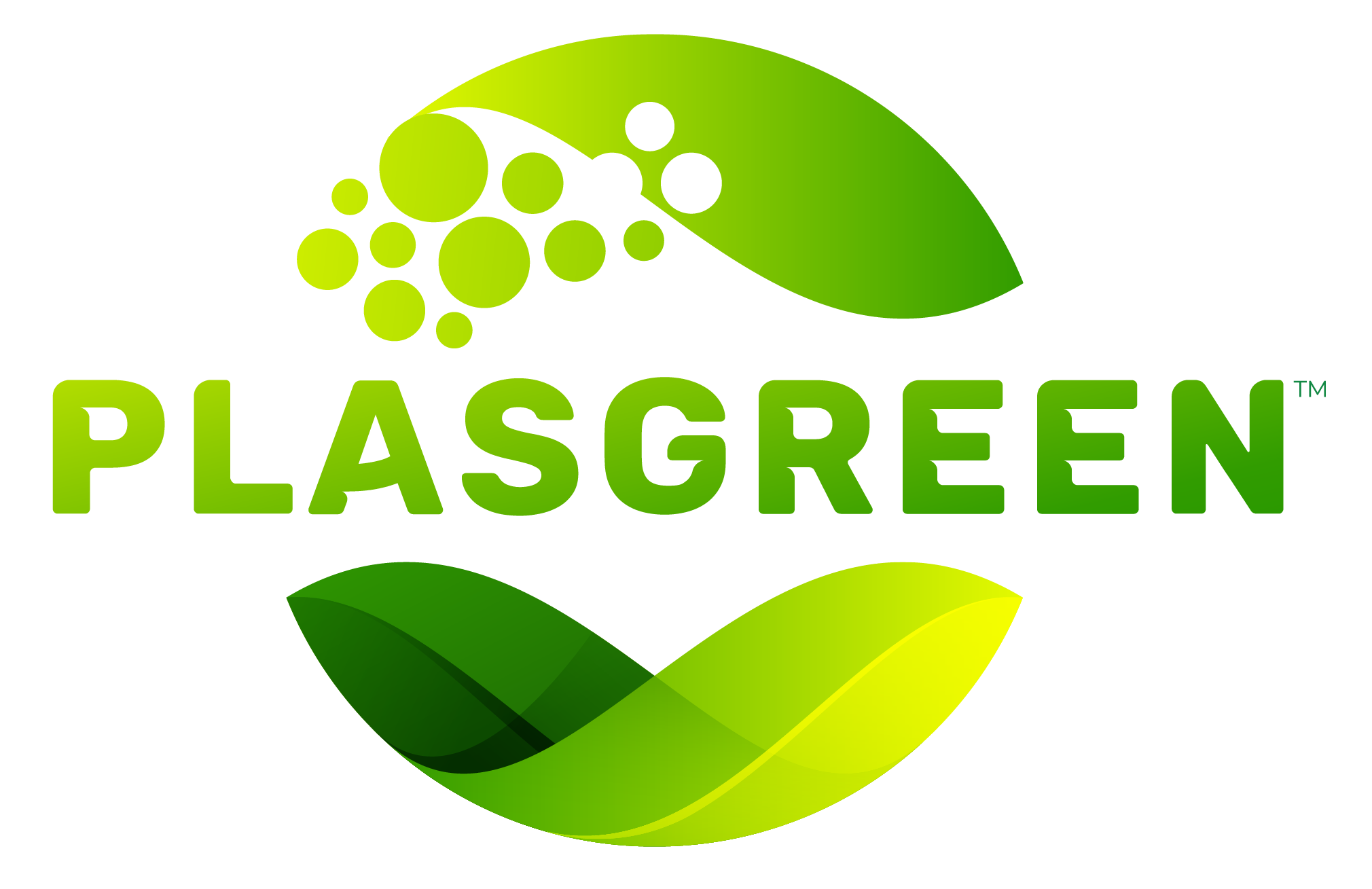Fragmentation of plastic (or breaking down) is most often caused by oxo-degradation. Usually an additive is mixed with the plastic that begins to deteriorate the plastic when exposed to oxygen (which happens as soon as the product is made). This often causes microplastics which can be detrimental to the environment.
Biodegradation is the consumption of the plastic by microbes that convert the polymer chains into gases and biomass. This happens to plastic over a very long period of time. Plasgreen™ does not break down the plastic, it just helps the microbes to accelerate the natural process of biodegradation in landfill conditions.
Yes. Plasgreen™ is an organic, non-toxic additive that uses a very small amount in manufacturing. Independent third-party testing has verified that food-safe products are still food-safe with Plasgreen™.
Plasgreen™ only assists micro-organisms to consume the plastic in anaerobic conditions (no oxygen) and microbe-rich environments such as landfill. Tests on products containing Plasgreen™ show the same functionality and stability as plastic that does not have Plasgreen™.
No, Plasgreen™ does not make plastic compostable. While it will accelerate biodegradation under microbe-rich anaerobic conditions like landfill, it will not biodegrade quickly enough to be considered compostable for home or industrial composting.
We believe that they will. This is a revolutionary new additive and new technology takes time it to be adopted. Unfortunately the complications with earlier technology such as oxo-degradation has resulted in confusion and outdated laws in some markets around the world. The wording and understanding of bioplastics and biodegradation have been muddled. But as the benefits of Plasgreen™ are understood by the community, regulators and manufacturers, it will be widely adopted.
Bioplastic refers to the source of the material. Plastic substitutes made from natural materials such as food waste are bioplastics. Plasgreen™ is an additive for traditional plastic (including recycled plastic) that accelerates the biodegradation of the plastic in landfill conditions. So Plasgreen™ is not a bioplastic.
If the plastic is able to be recycled without Plasgreen™, it can be recycled with it. Unlike some other additives, there has been no indication of contamination or issues on recycling with the Plasgreen™ additive. As it doesn’t noticeably affect the plastic until it is in an anaerobic microbe-rich environment like landfill, it can continue to go through the recycling process. In fact, Plasgreen™ promotes the use of recycling where ever possible… instead of sending plastic to landfill.
Yes, Plasgreen™ will work just as effectively with recycled plastic. In fact, we see this as an amazing opportunity for many brands. By using recycled plastic and adding Plasgreen™, no new raw material is required. This gives the plastic a second life (and third and fourth if it is recycled again). But should the recycled material end up in landfill, Plasgreen™ will enhance its biodegradation, thus removing plastic from the world faster.


